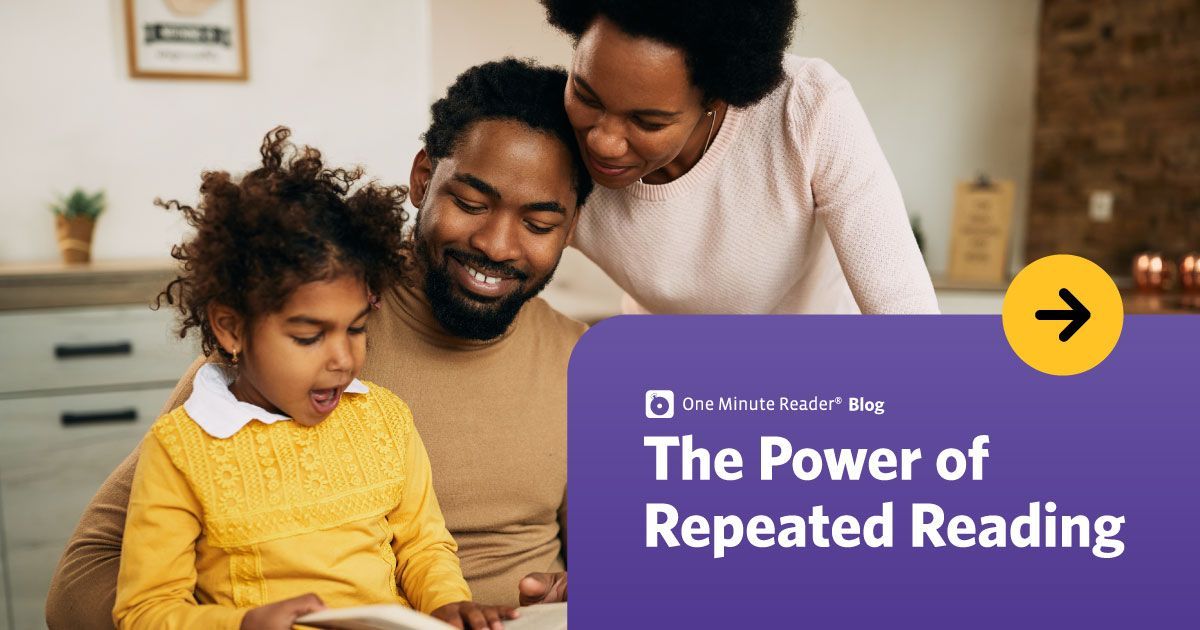Blog
12 Ways to Cultivate Gratitude With Your Kids
Anne Hauth • November 12, 2024
We've arrived at the season of giving thanks--but shouldn't that be every season? Research shows that grateful people are happier and healthier. Here are 12 easy ways to cultivate gratitude with your kids all year long. Click on the links to download free printables!
- Keep a stack of these
Gratitude Cards in a central area of your house. Anytime your child has someone to thank, encourage them to fill out a card!
- Play Gratitude BINGO. Download these
printable BINGO Cards and
instructions for playing. The BINGO Cards are an interactive PDF, so you can type on them before printing if you wish.
- Keep a family Gratitude Journal. At the end of each day, ask your kids what they were thankful for that day. Write their thoughts in the journal. Encourage your kids to think of things specific to the day, and ask them to try not to repeat things from previous days. This practice will help them notice that there are new things to be thankful for each day.
- Download this
Gratitude Scavenger Hunt and have kids complete this activity with friends, classmates, or neighbors. Design your own scavenger hunt using this
interactive PDF with different items, so you can play as much as you’d like.
- Decorate your home with a Gratitude Tree. Create the tree by drawing branches on a poster board or by standing real twigs in a pot or vase. Have kids write their gratitudes on the
Gratitude Leaf Cards and add them to the tree. Hopefully you'll be adding branches all year long as your kids think of more and more reasons to give thanks.
- Take a Gratitude Walk. Walk outdoors with your kids, and have them carry a notebook and pen. Ask them to be quiet during the walk. Have them notice and write down what feels good and what they appreciate about being outdoors. After the walk, ask them to elaborate, either verbally or in writing, on what they wrote down.
- The books on this
Gratitude Book List are all about giving thanks. Whether you're looking for picture books to read aloud to younger kids or chapter books that inspire reflection in your older kids, this list has dozens of fantastic titles.
- Sometimes the simplest questions can lead to the most profound answers. Use these
Gratitude Conversation Starters to prompt thoughtful discussions in your family.
- Do a daily Gratitude Meditation. Have kids close their eyes and think about the word “thankful” for a quiet minute each day. When they open their eyes, have them write down, tell you, or simply reflect for a moment on the things that came to mind.
- Have kids write what they’re thankful for on little slips of paper. Have them put the papers in a jar or add them to a bulletin board.
- Be a role model. Offer your own reflections whenever you feel thankful for something.
- Take pictures of the things your kids are grateful for. Print the pictures to make a Gratitude Collage to display in your home.
P.S. We are thankful for YOU! Thank you for all you do to help your kids become better readers. Please connect with us if One Minute Reader can support you in any way.
Highlighted Posts
Ready to see an improvement in your child's reading?
Sign up today and get seven days for FREE.
One Minute Reader is just $8 per month after your free trial.


